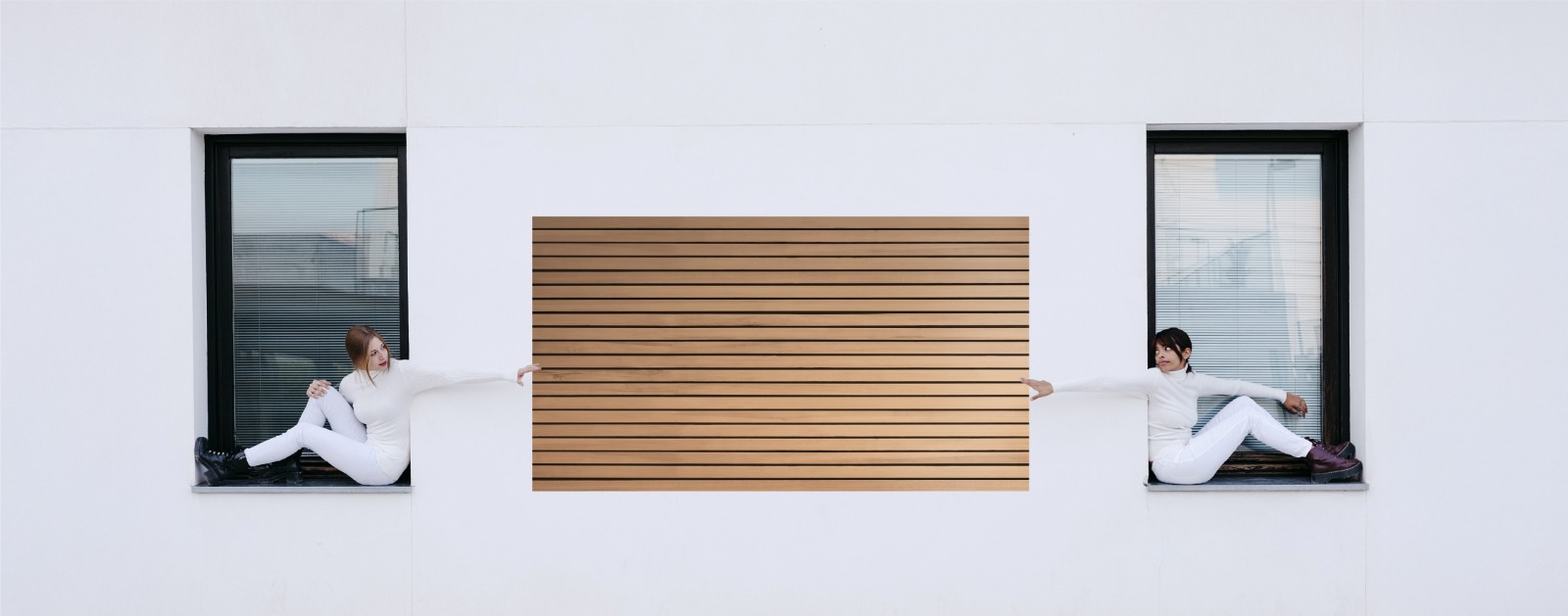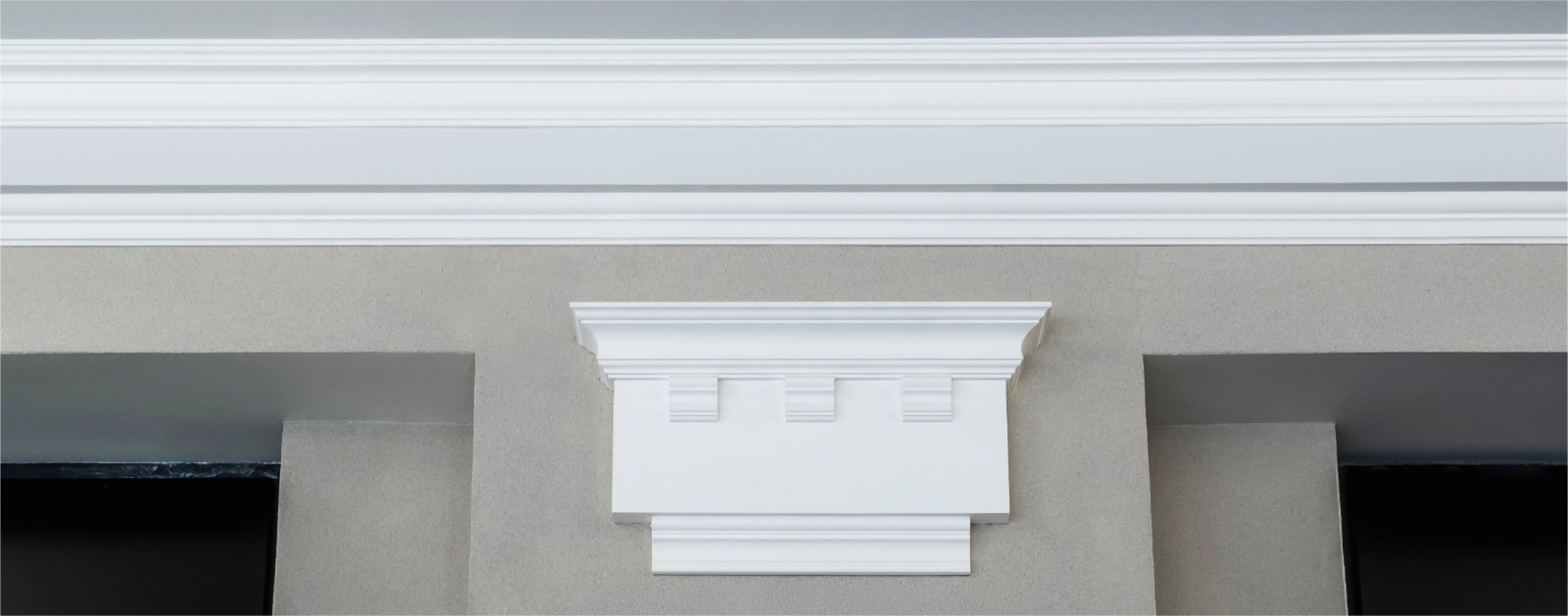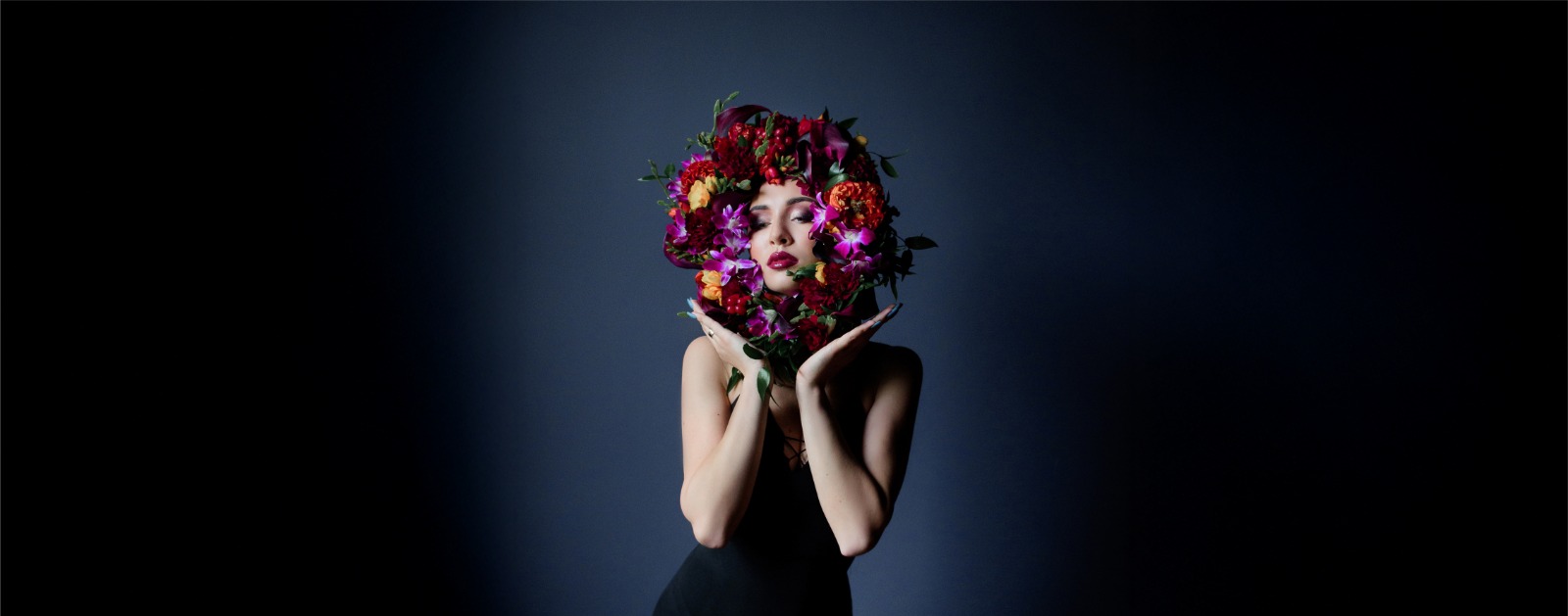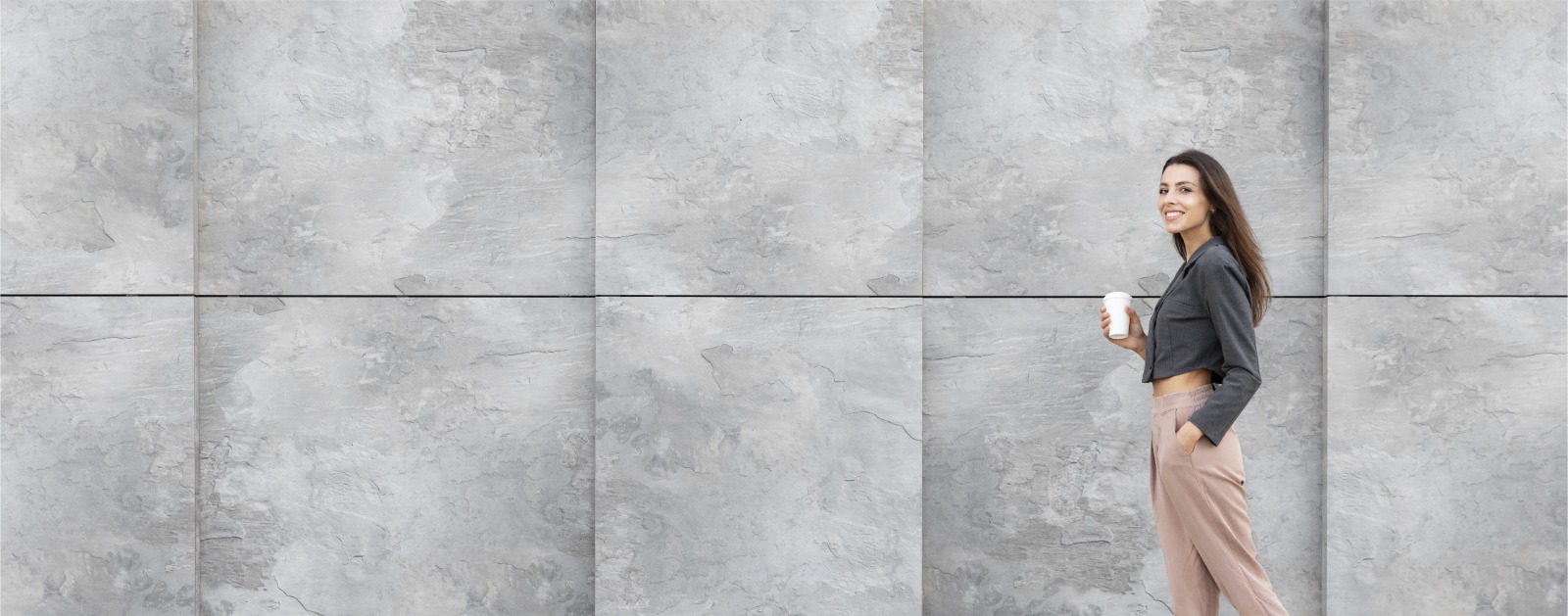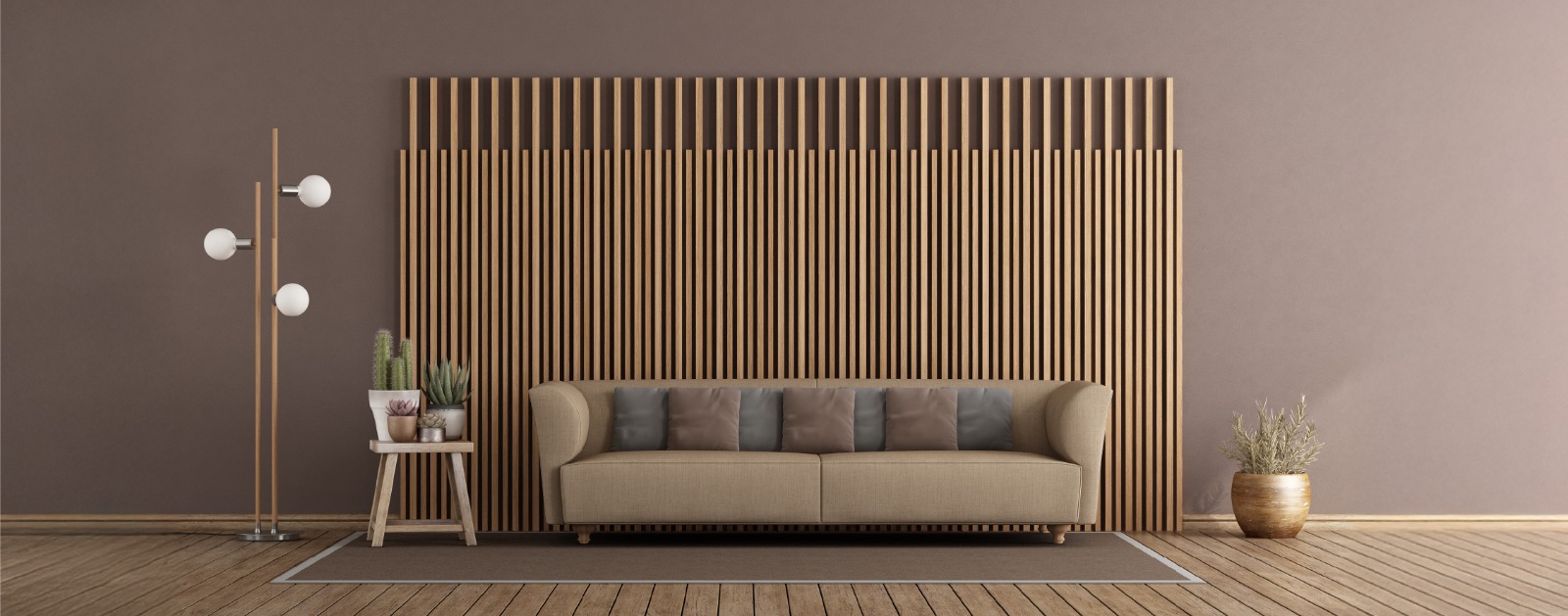
Wall And Ceiling Paneling
Wall and Ceiling Paneling: Enhance Your Interiors
Wall and ceiling paneling is a versatile aspect of interior design that offers both aesthetic and functional benefits. Explore a range of options to transform your space into a stylish and practical environment.
What Is a Paneling Wall?
A paneling wall is a decorative feature that adds dimension and visual interest to a room. It involves applying panels of various materials—such as wood, MDF, or PVC—to the surface of a wall, creating patterns or textures that enhance the overall design of a space. Paneling can be installed on specific sections of a wall, such as an accent wall, or cover entire rooms for a cohesive look.
Paneling walls serve both aesthetic and functional purposes. Aesthetically, they can transform a plain wall into a focal point, showcasing the beauty of natural materials or intricate designs. Functionally, paneling can conceal imperfections, provide insulation, and even improve acoustics in a room.
What Is Wall Paneling Called?
Wall paneling can go by several names, depending on the style and material used. Some common terms include wainscoting, beadboard, shiplap, and cladding. Each of these options offers unique characteristics and applications, making it essential to understand the differences when selecting the right paneling for your home.
Wainscoting typically refers to the use of wood panels on the lower portion of a wall, often accompanied by a decorative chair rail. This style adds elegance and depth to a room, creating a refined, classic look. Beadboard is a type of wainscoting with narrow, vertical grooves, adding texture and interest to a space.
Shiplap is characterized by its horizontal, overlapping boards, which create a clean and rustic appearance. It's a popular choice for adding warmth and charm to modern and traditional interiors alike. Cladding is a broader term that encompasses various materials and styles, including stone, brick, and metal, for both interior and exterior applications.
Decorative Wall Paneling
Decorative wall paneling is a popular choice for those who want to add a touch of sophistication to their interiors. These panels come in various designs, from traditional wood patterns to contemporary 3D textures. They can be used to create accent walls or cover entire rooms, adding depth and character to any space.
One of the main advantages of decorative wall paneling is its ability to hide imperfections on walls. This makes it an excellent choice for older homes or spaces with uneven surfaces. Additionally, decorative panels can be painted or stained to match your existing decor, offering endless customization options.
What Is the Cheapest Way to Panel a Wall?
For those on a budget, finding an affordable wall paneling solution is essential. Fortunately, there are several cost-effective options that can still deliver impressive results. One approach is to use reclaimed wood or pallet boards, which can often be sourced for free or at a low cost. These materials can be sanded, painted, or stained to achieve a rustic or modern look.
Another budget-friendly option is to use beadboard or shiplap panels. These materials are typically more affordable than traditional wood paneling and offer a classic, timeless appearance. Beadboard is particularly popular for creating wainscoting effects, while shiplap adds a charming, farmhouse feel to any room.
What Material Is Used for Wall Paneling?
Wall paneling materials vary greatly, offering options to suit every taste and budget. Common materials include wood, MDF, PVC, and even metal or fabric. Each material provides distinct advantages and aesthetic qualities, allowing you to tailor your choice to your specific needs.
Wood paneling is a classic option that exudes warmth and natural beauty. It's available in various species, including oak, pine, and cedar, each offering unique grain patterns and colors. Wood panels can be stained, painted, or left unfinished, depending on your desired look.
MDF and PVC panels provide cost-effective alternatives to solid wood, offering similar aesthetics with added durability and ease of maintenance. These materials can be shaped and finished to mimic natural wood or other textures, making them versatile choices for any design style.
Wood Paneling on Wall and Ceiling
Wood paneling adds warmth and elegance to any room. It’s a classic choice that brings a natural look to walls and ceilings, providing a cozy and inviting atmosphere. Wood paneling can be customized to fit various styles, from traditional to contemporary.
Wall and Ceiling Boards
Wall and ceiling boards come in various materials and finishes, offering flexibility in design. They are ideal for creating seamless surfaces and can be used to enhance the acoustic and thermal properties of a room.
Wall and Ceiling Access Panel
Access panels are crucial for maintenance and upgrades in concealed areas. They provide easy entry points to plumbing, electrical, and HVAC systems without compromising the room's aesthetics. Choose access panels that blend seamlessly with your paneling for a cohesive look.
Ceiling Paneling Sheets
Ceiling paneling sheets are a practical solution for covering large areas quickly and efficiently. Available in various finishes, these sheets can enhance the visual appeal of your ceiling while providing additional benefits like soundproofing and insulation.
MDF for Ceiling
MDF (Medium Density Fiberboard) is a cost-effective choice for ceiling paneling. It is easy to work with and can be painted or veneered to match your design preferences. MDF panels are ideal for achieving a smooth and uniform finish.
PVC for Ceiling
PVC ceiling panels are known for their durability and resistance to moisture, making them perfect for areas like bathrooms and kitchens. They are lightweight, easy to install, and available in a variety of designs to suit different aesthetics.
Are Ceiling Panels Good?
Yes, ceiling panels are a great addition to any space. They improve acoustics, add insulation, and offer a polished look that enhances overall décor. Ceiling panels are also practical, providing easy access for maintenance through strategically placed access panels.
How to Attach Wood Panels on a Ceiling?
To attach wood panels on a ceiling, start by measuring and marking the installation area. Use a stud finder to locate joists and secure the panels using screws or nails. Ensure each panel is level and aligned for a cohesive appearance.
How to Fix Paneling to Ceiling?
Fixing paneling to the ceiling involves preparing the surface and accurately measuring. Use adhesive and nails for materials like MDF and PVC, ensuring the panels are securely attached and level for a professional finish.
What Paneling Can Be Used on a Ceiling?
Ceilings can be paneled with a variety of materials including wood, MDF, and PVC. Each material offers unique benefits, so choose based on factors like room humidity, desired aesthetic, and ease of installation.
Which Panel is Best for Ceiling?
The best ceiling panel depends on factors such as room use, moisture exposure, and style preference. Wood is timeless and elegant, MDF is budget-friendly, and PVC is durable and moisture-resistant, ideal for wet areas.
What are Paneled Ceilings Called?
Paneled ceilings can be referred to by various names depending on their style, including coffered, drop, or suspended ceilings. Each type offers distinct design elements that add character to a space.
What is a Panel Ceiling?
A panel ceiling consists of individual panels or sheets installed to cover the ceiling area. Made from materials like wood, MDF, or PVC, these panels offer a variety of designs and textures, allowing for customization to suit any interior style.

